By Silvio Sinibaldi, ESA’s Planetary Protection officer
The short answer is no, but to know why we first need to understand what planetary protection entails. Scientific consensus is that the asteroid return mission won’t pose any risk to our planet. This is because the asteroid does not have the ingredients needed for life.
This space feat is a good one to oil the gears and rehearse planetary protection protocols for the joint NASA/ESA Mars Sample Return campaign (MSR).
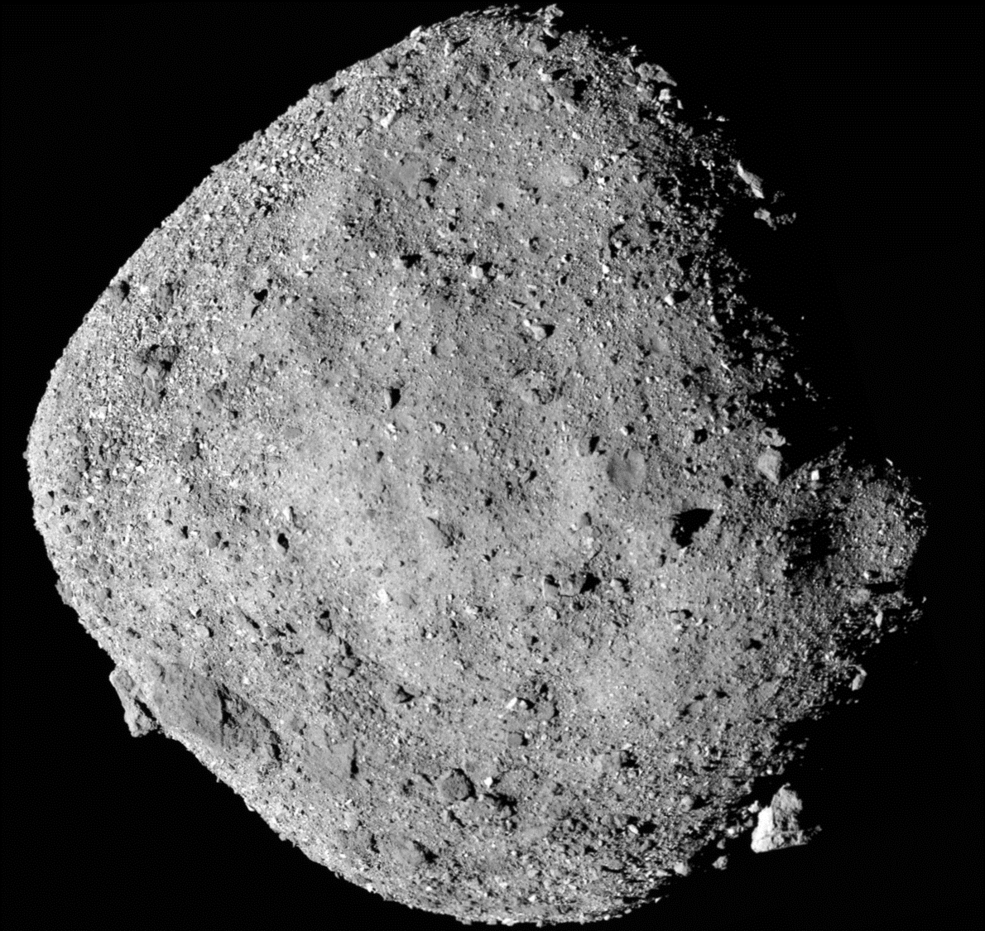
The journey back
OSIRIS-REx spent about two years orbiting near-Earth asteroid Bennu. After mapping its rocky terrain, scientists estimate that the spacecraft collected about 250 grams from the surface. Once the samples were sealed in a capsule in 2020, the journey back to Earth began.
This Sunday, 24 September 2023, the spacecraft will jettison a capsule at more than 40 000 km/h to deliver the samples to our planet. OSIRIS-REx will then continue its journey, steer away from Earth and around the Sun.
A set of parachutes will slow down the capsule with the samples towards the target landing area – a desert in Utah, USA. If all goes according to plan, the container will be opened upon arrival at a curation facility at NASA’s Johnson Space Centre in Houston.
This will be an exceptional moment for the science community. The analysis of the returned samples will start, and research will continue for decades to come.
Learning about ourselves
The results of the OSIRIS-REx mission could be extraordinary. Studying asteroid Bennu means going back to the dawn of our Solar System. It is not by chance that the asteroid is named Bennu, an ancient Egyptian god associated with creation and rebirth. Humankind could learn a lot about Earth as a habitable world and how life originated on our planet.
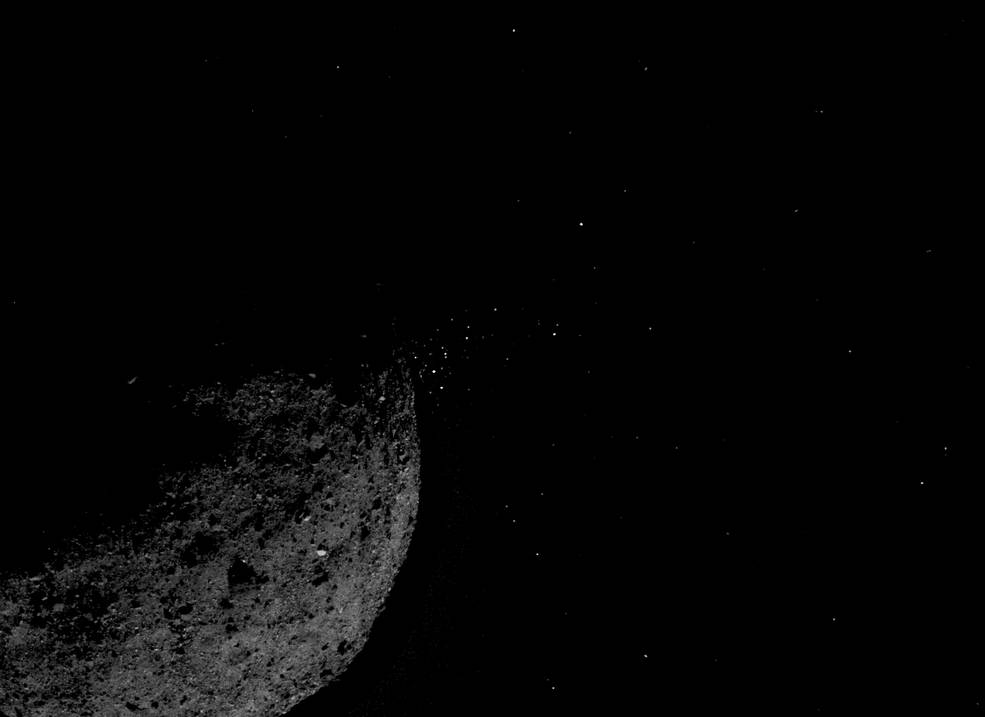
Scientists consider asteroids to be pristine leftovers from a younger Solar System. These rocky objects formed even before Earth existed.
A few questions about ourselves remain unanswered: are materials from crushed asteroids the seeds of life as we know it? What role do asteroids play in Earth’s biological evolution? These are major existential questions.
Why planetary protection matters
The primary objective of planetary protection is to promote sustainable and responsible exploration of space. This involves addressing the potential transfer of biological and organic matter in space. This works both ways: preventing contamination of celestial bodies that will be explored, and guarding Earth against potential hazards posed by extraterrestrial material brought back by spacecraft.
ESA has a planetary protection policy guided by the Committee on Space Research (COSPAR) and compliant with the United Nations Outer Space Treaty. The policy assesses contamination risk using a five-category ranking system. This system considers both the scientific relevance of the target body in understanding the Solar System and the origins of life, as well as the type of mission.
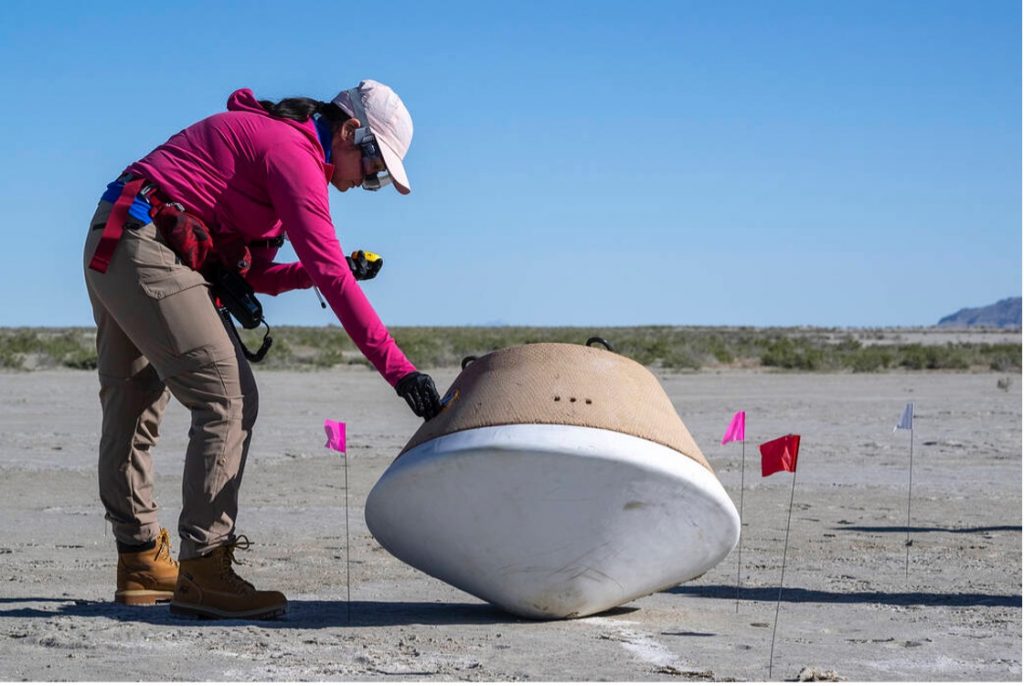
OSIRIS-Rex is classified as an unrestricted Earth return mission as scientific consensus holds that asteroids do not support life. As such, the mission poses no biological risks to Earth or public health. Nonetheless, adherence to planetary protection principles and knowledge remains useful in avoiding “false positives” – the cross-contamination of the samples once they land on Earth.
A test for Mars
OSIRIS-REx serves as a valuable rehearsal for the Mars Sample Return endeavour, one that plans to return samples from the Red Planet to Utah by the 2030s.
However, a crucial distinction lies in the handling of these samples: the martian samples are considered potentially hazardous according to COSPAR guidelines, falling under the ‘restricted Earth return’ category.
Safeguarding our planet from potential back contamination is one of ESA’s priorities for Mars Sample Return.
Despite the very low likelihood of martian samples being detrimental for Earth’s biosphere, a “safety first” approach guides all aspects of the mission. This approach includes a series of on-orbit operations, sterilisation and a redundant containment strategy involving multiple containers to minimise any contact with Mars.
The ESA-led Earth Return Orbiter, responsible for delivering the precious martian samples to Earth, will have an unprecedented level of reliability. The European orbiter will have three levels of barriers, each of them extremely difficult to breach. If this layered safety approach would fail, the spacecraft would automatically enter a safe orbit away from Earth.
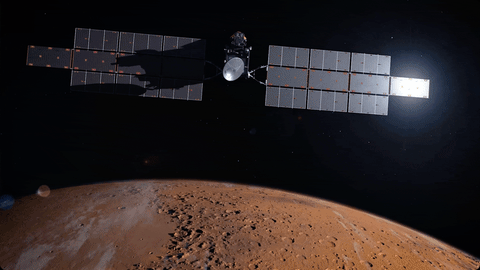
Experts will review the planetary protection measures throughout different mission phases: before launch from Earth, before leaving Mars and before re-entry back to our planet. On top of these protocols, an ESA planetary protection re-entry safety panel has been created to ensure that the biological risks to public safety and Earth’s environment are fully mitigated.
The panel consists of external and internationally recognised experts in public health, biosafety, disease control and prevention, astrobiology as well as representatives from national space agencies in Europe.
How Europe deals with planetary protection
In Europe, we have made significant strides in planetary protection. European industry operates cutting-edge, biologically controlled clean rooms to assemble and test elements destined for the Red Planet, such as the ExoMars Rosalind Franklin mission and the Sample Transfer Arm.
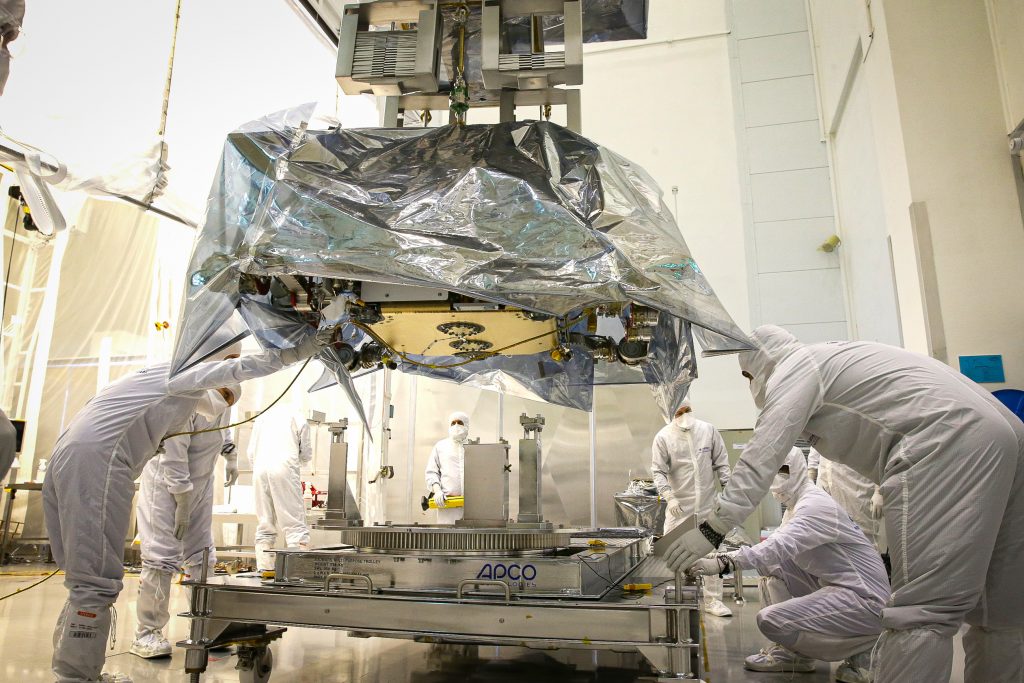
ESA continues to develop technologies for the Sample Receiving Facility, which will host the samples brought back to Earth by Mars Sample Return.
Europe is ready to avoid harmful contamination on our spacecraft and help keep our Solar System as pristine as possible.

Discussion: no comments